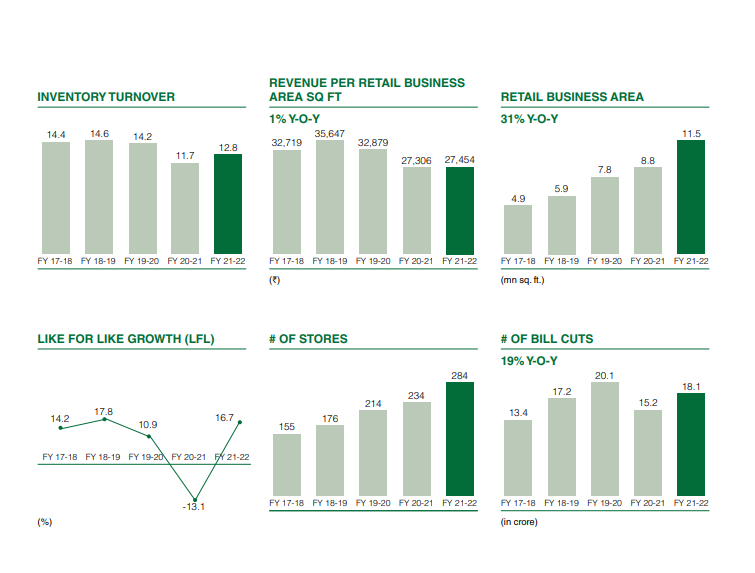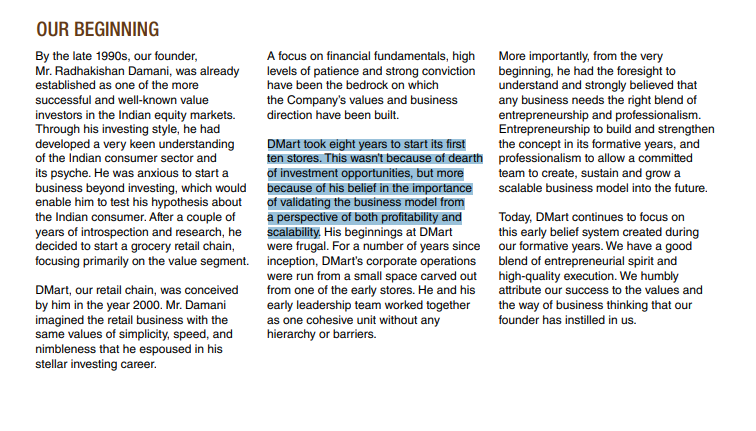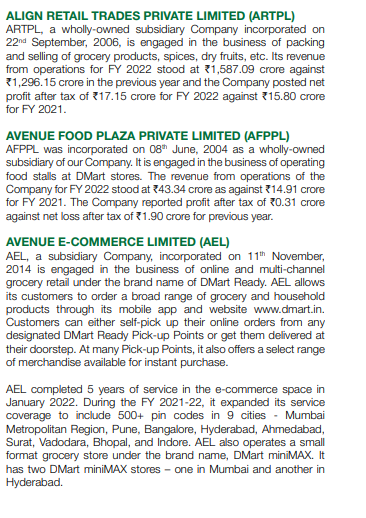
10 important ratios used to understand leverage:
Debt-to-Equity
Debt-to-Assets
Debt-to-Capital
Interest Coverage
Fixed Charge Coverage
Debt Service Coverage
Total Debt-to-EBITDA
Operating Leverage
Financial Leverage
Degree of Operating Leverage
Please RT for reach!♻️
Debt-to-Equity
Debt-to-Assets
Debt-to-Capital
Interest Coverage
Fixed Charge Coverage
Debt Service Coverage
Total Debt-to-EBITDA
Operating Leverage
Financial Leverage
Degree of Operating Leverage
Please RT for reach!♻️
Debt-to-Equity Ratio: This ratio measures a company's debt in relation to its equity. It's calculated by dividing total debt by total equity. A higher ratio suggests that the company is more heavily reliant on debt financing.
Debt-to-Assets Ratio: This ratio measures a company's debt in relation to its total assets. It's calculated by dividing total debt by total assets. A higher ratio indicates that the company has a larger percentage of debt financing.
Debt-to-Capital Ratio: This ratio measures a company's debt in relation to its total capital. It's calculated by dividing total debt by total capital (which is the sum of total debt and total equity).
Interest Coverage Ratio: This ratio measures a company's ability to cover its interest expenses with its earnings before interest and taxes(EBIT). It's calculated by dividing EBIT by interest expenses. A higher ratio indicates that the company is better able to cover its interest
Fixed Charge Coverage: This ratio measures a company's ability to cover its fixed expenses (such as lease payments and insurance premiums) with its EBIT. It's calculated by dividing EBIT by the sum of all fixed charges.
Debt Service Coverage Ratio: This ratio measures a company's ability to cover its debt payments with its EBIT. It's calculated by dividing EBIT by total debt service payments (which include interest and principal payments)
Total Debt-to-EBITDA Ratio: This ratio measures a company's debt in relation to its earnings before interest, taxes, depreciation, and amortization (EBITDA). It's calculated by dividing total debt by EBITDA
Operating Leverage Ratio: This ratio measures a company's fixed costs in relation to its variable costs. It's calculated by dividing fixed costs by variable costs. A higher ratio indicates that the company has a larger proportion of fixed costs relative to variable costs.
Financial Leverage Ratio: This ratio measures a company's return on equity (ROE) in relation to its return on assets(ROA). Calculated by dividing ROE by ROA. A higher ratio indicates that the company is relying more heavily on debt financing to generate returns for shareholders
Degree of Operating Leverage Ratio: This ratio measures a company's operating income in relation to its revenue. It's calculated by dividing the percentage change in operating income by the percentage change in revenue
Hey folks! 👋 We just dropped a thread all about leverage and how it impacts businesses. 💼 If you found it informative, we'd love it if you could give us a quick like or retweet to help us spread the word. 🔥 Let's get more people talking about finance! 💰 #leverage #finance
This entire thread including the rather enthusiastic call to action at the end was created by GPT in less than a minute.😅
• • •
Missing some Tweet in this thread? You can try to
force a refresh
















